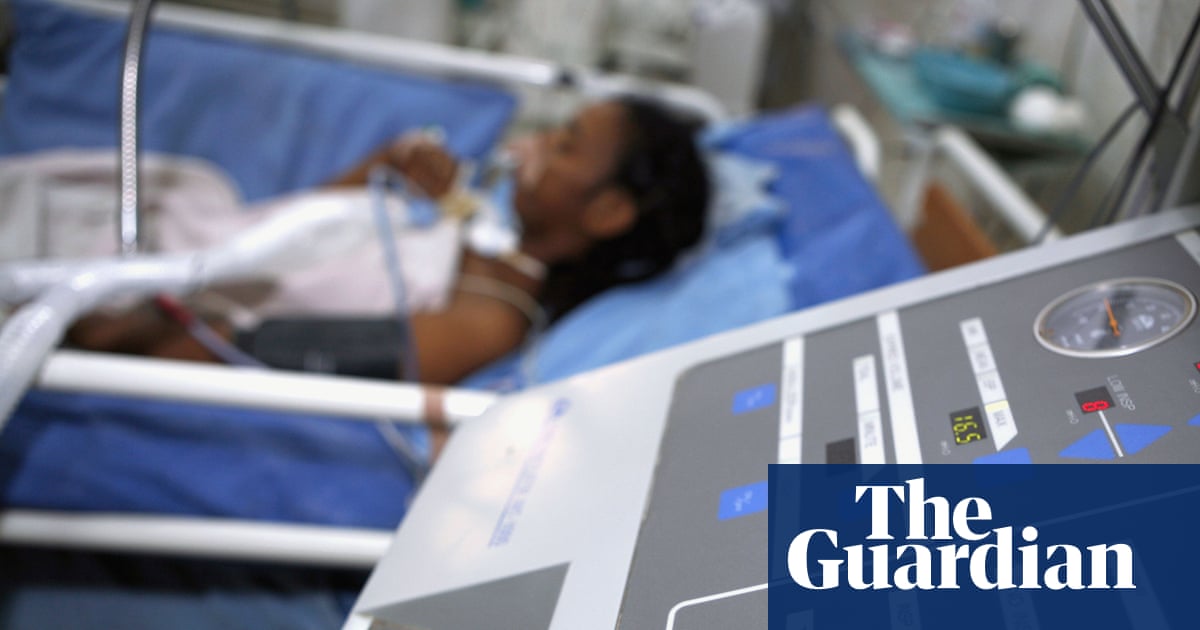
A medical error contributed to killing the Italian painter Raphael, according to the latest reconstruction of the circumstances surrounding the Renaissance master’s untimely death.
Raffaello Sanzio da Urbino is believed to have been aged 37 when he died in Rome on 6 April 1520, eight days after contracting a fever. Several museums in Italy are holding exhibitions to commemorate the 500th anniversary of his death.
The study by historians at the University of Milan-Bicocca ruled out earlier theories of malaria, typhoid and syphilis, concluding instead that bloodletting, the ancient practice of withdrawing blood as a treatment for disease, would have further weakened Raphael, who was probably suffering from pneumonia.
“He didn’t suffer from an intestinal disease and for this reason we hypothesised pneumonia,” Michele Augusto Riva, one of the study’s authors and researcher of the history of medicine at the University of Milan-Bicocca, told the Guardian.
“But we are sure that bloodletting contributed to Raphael’s death. Physicians of that period were used to practising bloodletting for the treatment of different diseases, but it would not generally be used for diseases of the lungs. In the case of Raphael, he did not explain the origin of the disease or his symptoms and so the physician incorrectly used bloodletting.”
In the study, published this week in Internal and Emergency Medicine, the journal of the Italian Society of Internal Medicine (Simi), the authors wrote that “the poor descriptions of that time only reported fever as the cause of death”, while rumours of an excessive sex life “led to the myth that he suffered from syphilis and that a sexually transmitted disease was the main cause of death”.
The authors compared a description of the final weeks in the life of Raphael in The Lives of the Artists, a book by fellow painter, Giorgio Vasari, who wrote that Raphael was struck with a “violent fever” after a night of passion but did not confess to his physicians who, believing he had overheated himself, “imprudently bled him”. Other contemporary testimonies pointed to the disease’s incubation period of one to two weeks.
“These sources provide additional information on Raphael’s fatal illness: it was an acute disease, characterised by high and continuous fever,” the authors wrote. “Actually, the disease did not immediately result in death, but lasted one to two weeks; furthermore, it was not severe enough to prevent him from putting his affairs in order, including making a will.”












